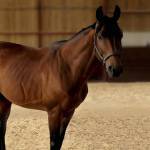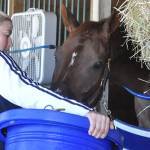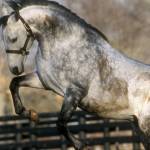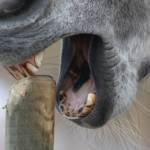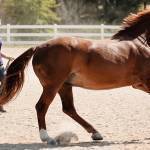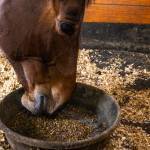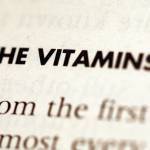Question
I have a 27-year-old Tennessee Walking Horse gelding with Cushing’s disease. He receives pergolide for the Cushing’s. He is underweight and has poor appetite for grain, though he eats pasture and hay readily. He will not eat alfalfa (lucerne) cubes either dry or soaked, and he refuses all wet feed. He has never had laminitis. His teeth are in good repair, and he is wormed every eight weeks. He is on a complete feed now but won’t eat more than about 4 lb (1.8 kg) each day, even when it is split into three feedings. How can I get him to eat more grain?
Answer
Getting more calories into a fussy eater is sometimes a challenge, as you have seen. Quality alfalfa (lucerne) hay can provide the greatest number of calories of any of the common forages. As pasture quality declines, your gelding will be dependent more and more on hay. If that is what he prefers over grains or mashes, then try to get the highest quality hay you can afford for him. Green, leafy, soft grass hay is much easier to digest and has more calories than more mature, stiffer hays. Combining alfalfa hay with high-quality grass hay would be the way to get the maximum amount of calories from forage into your gelding.
Concentrated calories, like those found in grains or oils, are normally the way to put weight on a horse, but your horse is a challenge in that way. Is your veterinarian concerned about founder even with him being so underweight? If your veterinarian feels that founder risk is low, then you may want to try to feed a high-energy feed. Sweet feeds have a way of perking up a horse’s appetite. Mixing some sweet feed with a higher fiber feed can improve the palatability and increase a horse’s appetite.
Dietary fat is the most concentrated source of calories that we feed to horses. Adding oil to a diet can boost the calories significantly, but oil is not always the most palatable. You may want to consider adding a little oil to the feed to see if your horse will tolerate it. If he accepts a little bit, then you can gradually increase the amount to whatever level he will accept in the feed.
Rice bran is a high-fat product that is also great for adding calories to the diet. I believe there is rice bran in the feed you are currently using, but it will be a very small amount compared to what you can top-dress and there would be no harm in adding more.
Something else you can do (which you probably have already done) is to have a fecal sample checked for parasites. Parasites take nutrition from the horse and regular deworming should be followed up with a fecal exam to check for its effectiveness. Sometimes it takes an aggressive deworming program, such as five-day fendendazole treatment, to really make an impact on stubborn parasite infestations.
Consult with your veterinarian about your horse’s dose of pergolide because the dose may need to be increased. However, higher doses of pergolide can sometimes cause inappetence.

